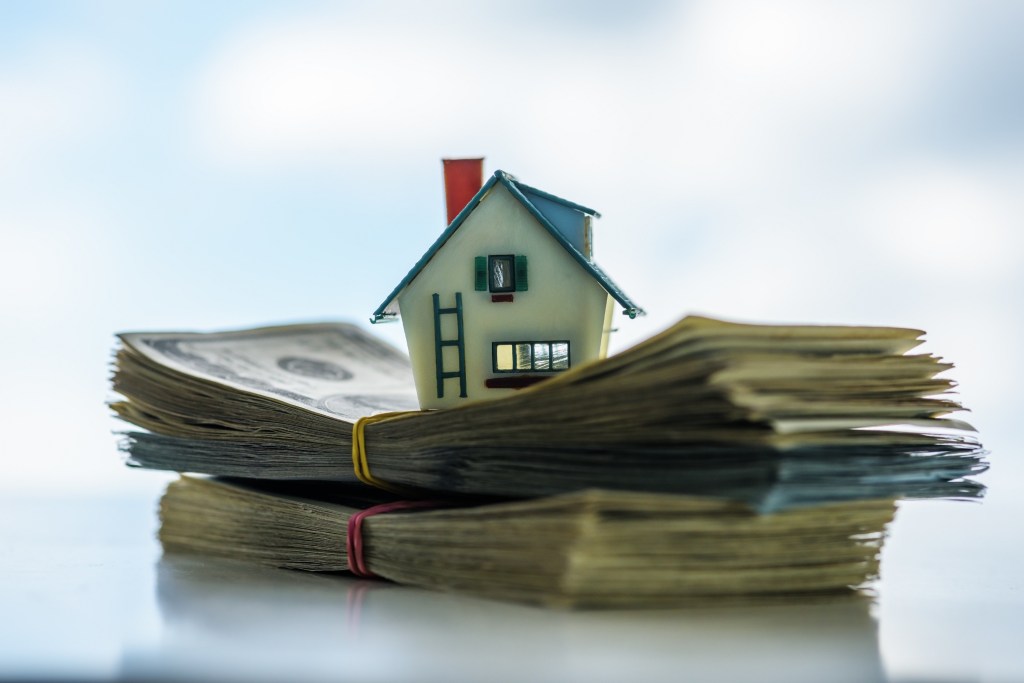The S&P CoreLogic Case-Shiller U.S. National Home Price NSA Index, which covers all nine U.S. Census divisions, reported a 19.2% annual gain in January, up from 18.9% in the previous month.
The 10-City Composite annual increase came in at 17.5%, up from 17.1% in the previous month, while the 20-City Composite posted a 19.1% year-over-year gain, up from 18.6% in the previous month.
“Last fall, we observed that home prices, although continuing to rise quite sharply, had begun to decelerate. Even that modest deceleration was on pause in January,” says Craig J. Lazzara, managing director and global head of index investment strategy at S&P Dow Jones Indices. “The 19.2% year-over-year change for January was the fourth-largest reading in 35 years of history.”
Out of the 20 cities included in the report, Phoenix; Tampa, Florida; and Miami reported the highest year-over-year gains in January. Phoenix led the way with a 32.6% year-over-year price increase, followed by Tampa with a 30.8% increase and Miami with a 28.1% increase.
“The strength in home prices continues to be very broadly based,” continues Lazzara. “All 20 cities saw price increases in January 2022, with prices in 16 cities accelerating relative to December’s report. January’s price increase ranked in the top quintile of historical experience for 19 cities and in the top decile for 17 of them.”
Before seasonal adjustment, the U.S. National Index posted an 1.1% month-over-month increase in January, while the 10-City and 20-City Composites both posted increases of 1.4%. After seasonal adjustment, the U.S. National Index posted a month-over-month increase of 1.6%, and the 10-City and 20-City Composites both posted increases of 1.8%.
“Even as rates surge, home prices continue to substantially increase. Buyers have been rushing to lock in the lowest possible rate with expectations that both rates and prices will remain their upward trajectory,” says Nikolas Scoolis, manager of housing economics at Zonda. “The historically low supply will likely keep driving prices upward in the near term, but with the appreciation of rates alone pushing monthly payments up nearly 20% so far year to date, more and more buyers will likely be facing an affordability crunch.”



